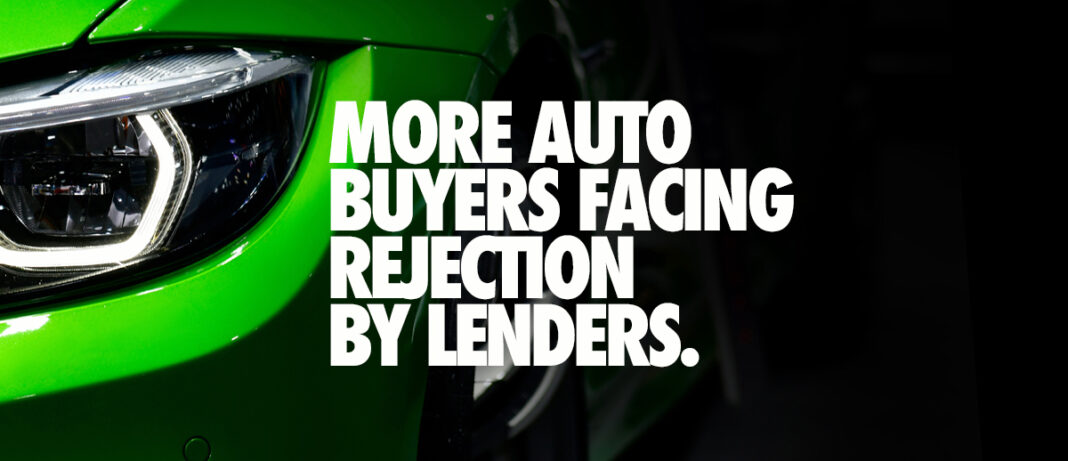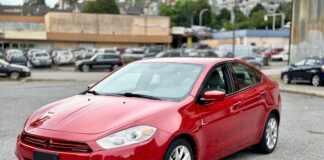Lenders tighten credit as inventory arrives on car lots.
After the auto industry fought through the myriad of challenges over the last few years, dealer lots are finally — and steadily — filling up with new cars, trucks, and SUVs. So why isn’t getting a car loan as easy as it could be? The issue, of course is credit. More and more would-be borrowers are being declined as they shop for a new car. The fact is, The Federal Reserve found the overall rejection rate for auto loans was 14.2 percent in June, the highest level since the Fed started collecting this kind of data in 2013.
A little background: The Federal Reserve tracks loan application data, including how often lenders turn borrowers down. The Fed recently released a new batch of information that found that the overall rejection rate for loan applications was 21.8 percent. It’s bad—but not quite as bad—for auto loans, which hit 14.2 percent in June, up from 9.1 percent in February. That 5 percent jump puts auto loan rejection rates at their highest level since the Fed started collecting this data in 2013.
Yep, it’s happening. Lenders are getting much stricter about lending — for many reasons, including inflation — and a sharp increase in delinquencies and defaults. “It’s harder to get a car loan now because it’s hard to get a car,” said Satyan Merchant, SVP and Head of TransUnion’s Auto Finance Business. “In many ways, the current state of the economy has shifted the lending environment to make buying a challenge — lenders have tightened their standards, leading to a decrease in vehicle loans. And higher rates make even inexpensive vehicles a challenge to afford.”
A significant summer slump in vehicle origination. Not Just Cars…
Would-be-borrowers saw their applications for other loan types rejected at an increased rate, too: 21.5 percent of credit card applications were rejected, for example, along with 30.7 percent of credit card limit increase requests, 13.2 percent of mortgages, and 20.8 percent of mortgage refinance applications.
The Fed said that the overall rejection rate for all credit applicants was almost 22 percent in June, the highest level in five years. The Fed said all age groups saw an increase in rejections, but the highest rejection rates were among people with sub-680 credit scores.
BTW, Delinquency Rates Worst in Almost 20 Years
The May severe delinquency rate for auto loans—1.7 percent, while the subprime car loan rate hit 6.5 percent—was the worst since 2006, Cox said, and the default was almost back to the highs of 2019.
It may take a while before things get better. The Fed’s recent numbers say that the average reported probability that an applicant will be rejected for an auto loan in the next twelve months is almost 31 percent. That’s the highest level since October 2014, when the expected rejection rate hit just over 28 percent. Expected auto loan rejections are in line with other loan types the Fed thinks will also be regularly rejected in the next year: credit card applications ( 32.8 percent), credit limit increase requests (42.4 percent), mortgages (46.1 percent), and mortgage refinance applications (29.6 percent).







![[Presentation] Livestream of TMC’s Press Conference](https://www.miamicars.com/wp-content/uploads/2023/02/tmb_corporate-218x150.png)








